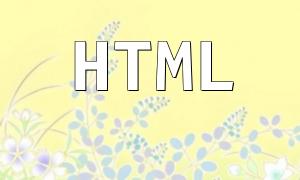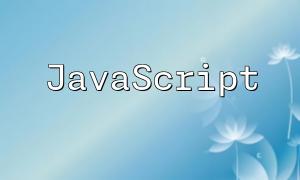When developing a ThinkPHP project, encountering CSS not loading correctly is a common issue. This article will explain various methods to troubleshoot and solve CSS loading issues, helping you quickly identify the root cause.
First, ensure that the path reference for the CSS file is correct. Suppose the project directory structure is as follows:
├─ application │ ├─ index │ │ ├─ controller │ │ ├─ model │ │ └─ view │ │ ├─ common │ │ ├─ index │ │ │ └─ index.html ├─ public │ └─ static │ ├─ css │ │ └─ style.css │ └─ js │ └─ main.js
To reference `style.css` in the `index.html` file, you can use either of the following methods:
<link href="/public/static/css/style.css" rel="stylesheet" type="text/css">
<!-- or -->
<link href="<?php echo asset('static/css/style.css'); ?>" rel="stylesheet">
Use the browser developer tools (F12) to check the console for any path-related error messages.
If you're using a CDN to load CSS or other static resources, make sure the CDN link is valid. You can test the CDN's availability using the following tools:
When referencing CSS files, make sure the filename's case matches exactly. For example, `style.css` is different from `Style.css` or any other case variations, and this could cause the file to fail to load.
Browser cache can sometimes cause old CSS files to load instead of the updated version. Try forcing a refresh by pressing `Ctrl+F5` or `Shift+F5` to clear the cache and load the latest file.
The CSS file encoding should be `utf-8` to avoid issues such as garbled Chinese characters. Check the file encoding in your editor or use the browser's developer tools to verify the file encoding.
If the path and encoding are correct, try entering the full path of the CSS file in the browser's address bar to verify if the file exists. If it doesn't, the file may not be uploaded or the permissions may be set incorrectly.
These are the common methods for solving CSS loading issues in ThinkPHP. By following these solutions, you can usually resolve the problem effectively.









